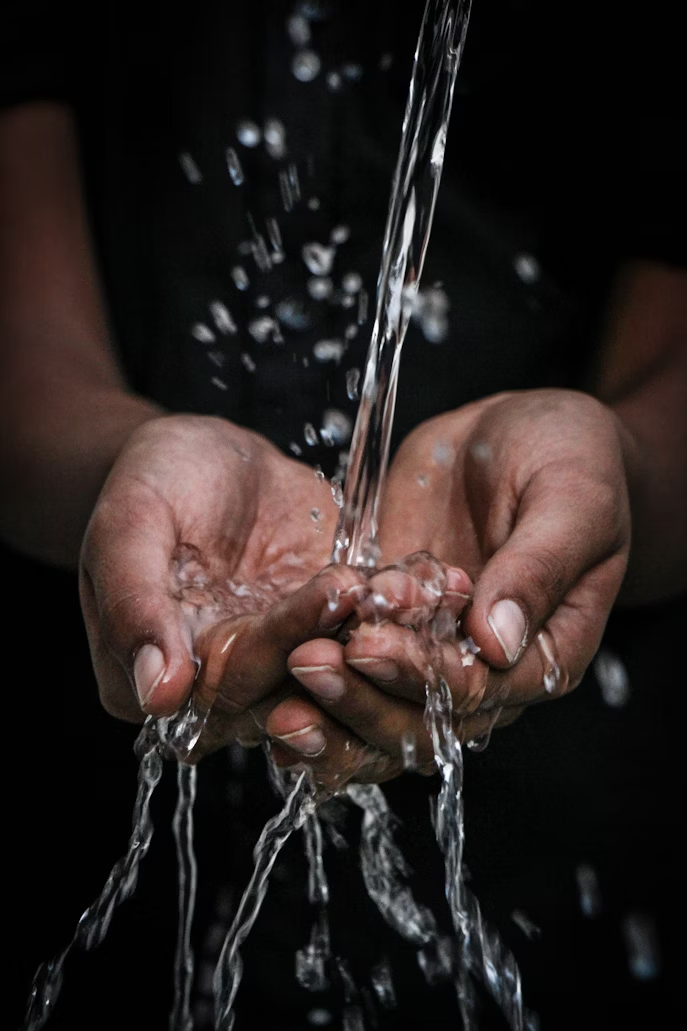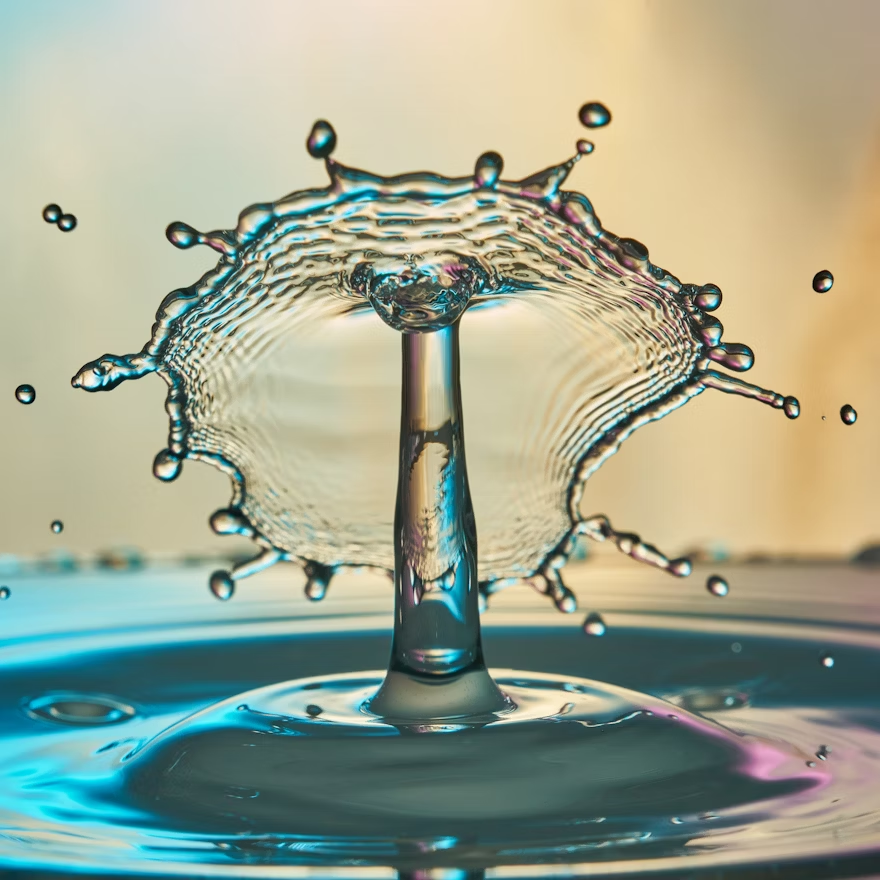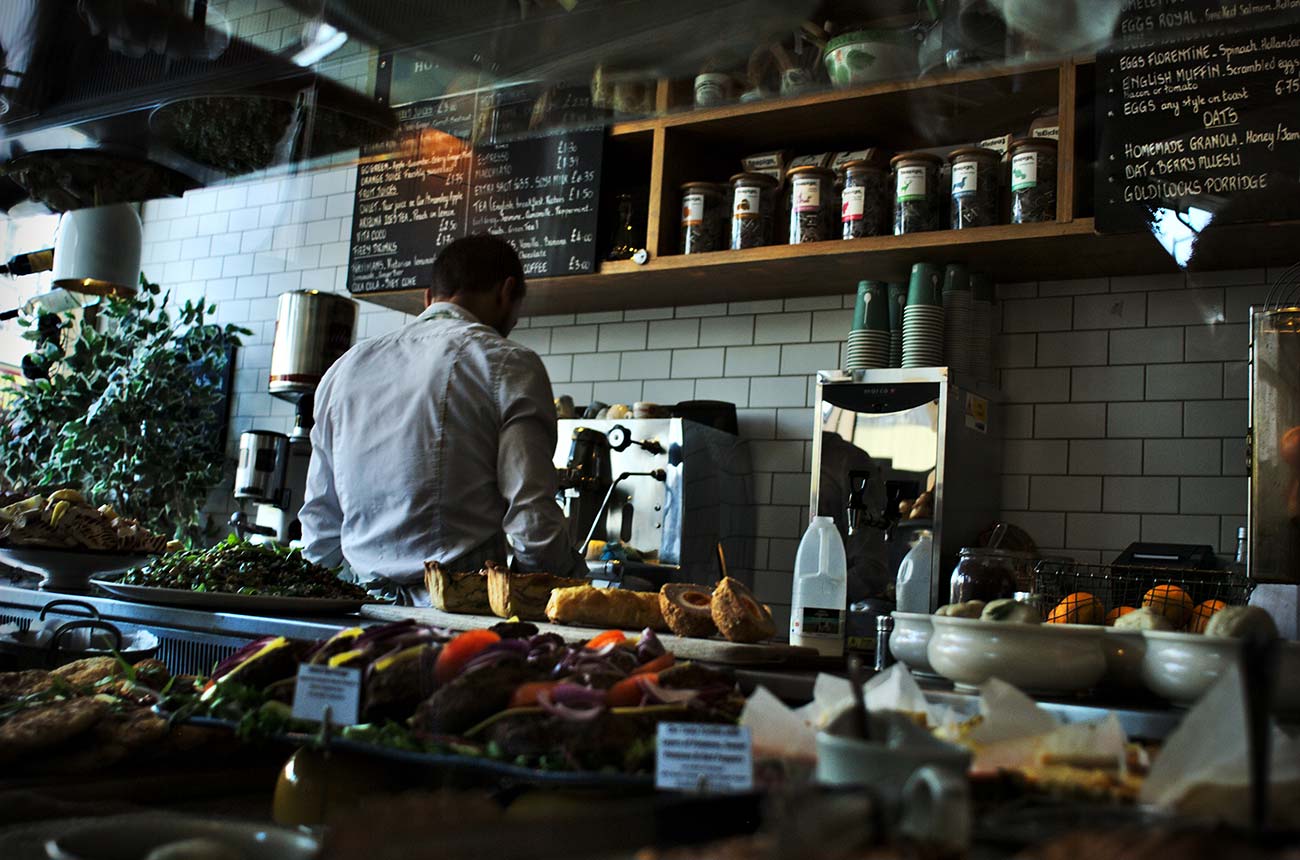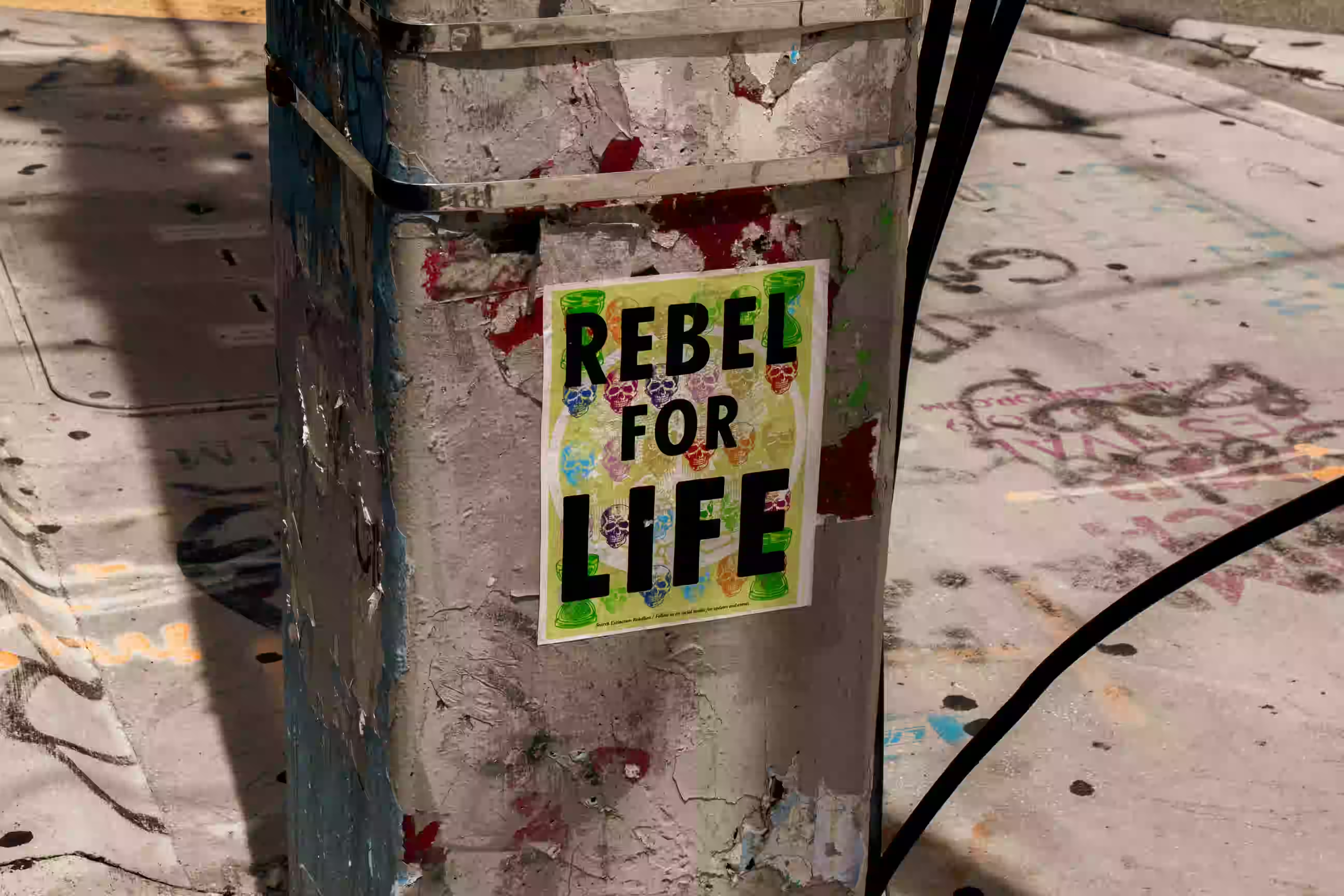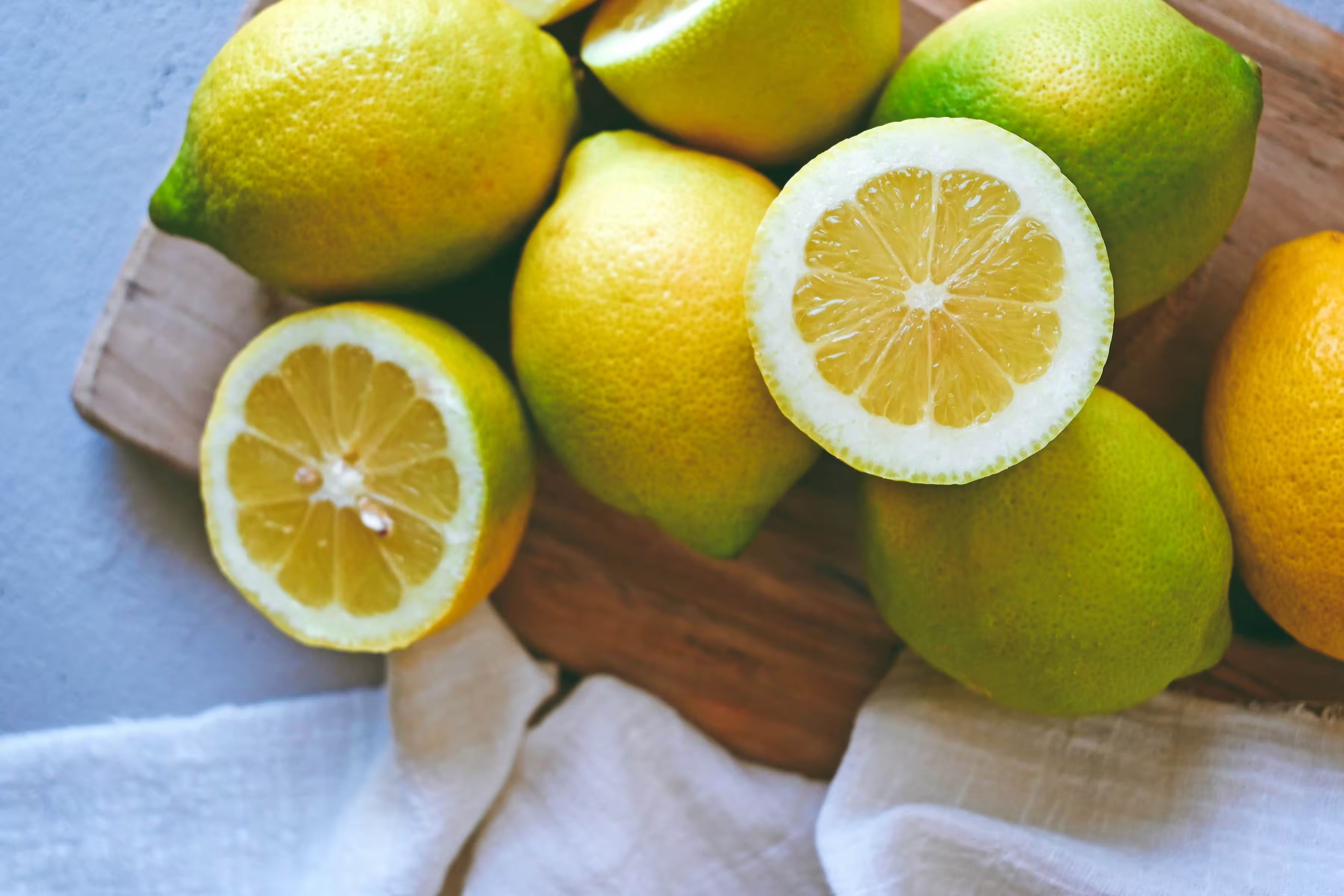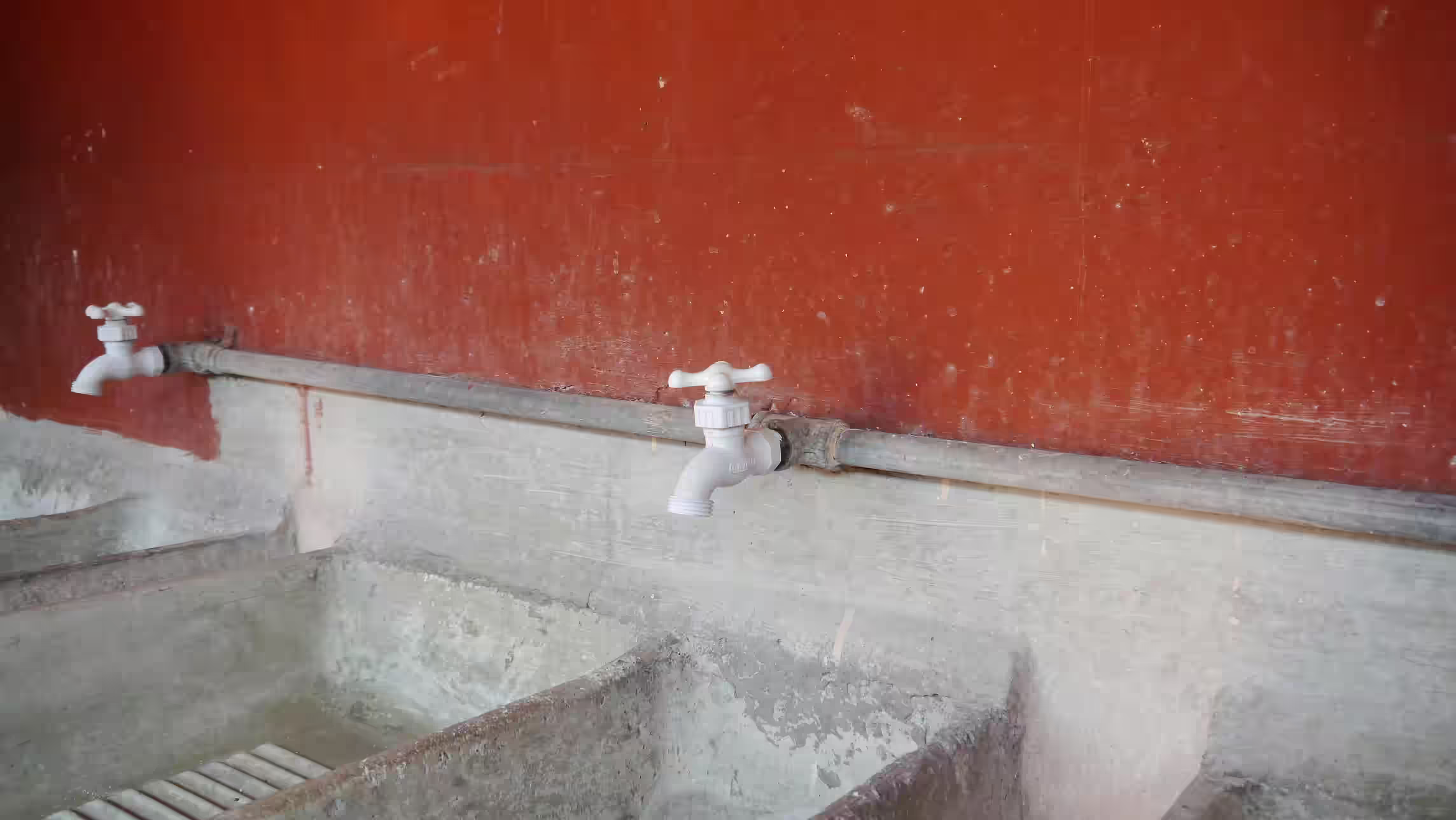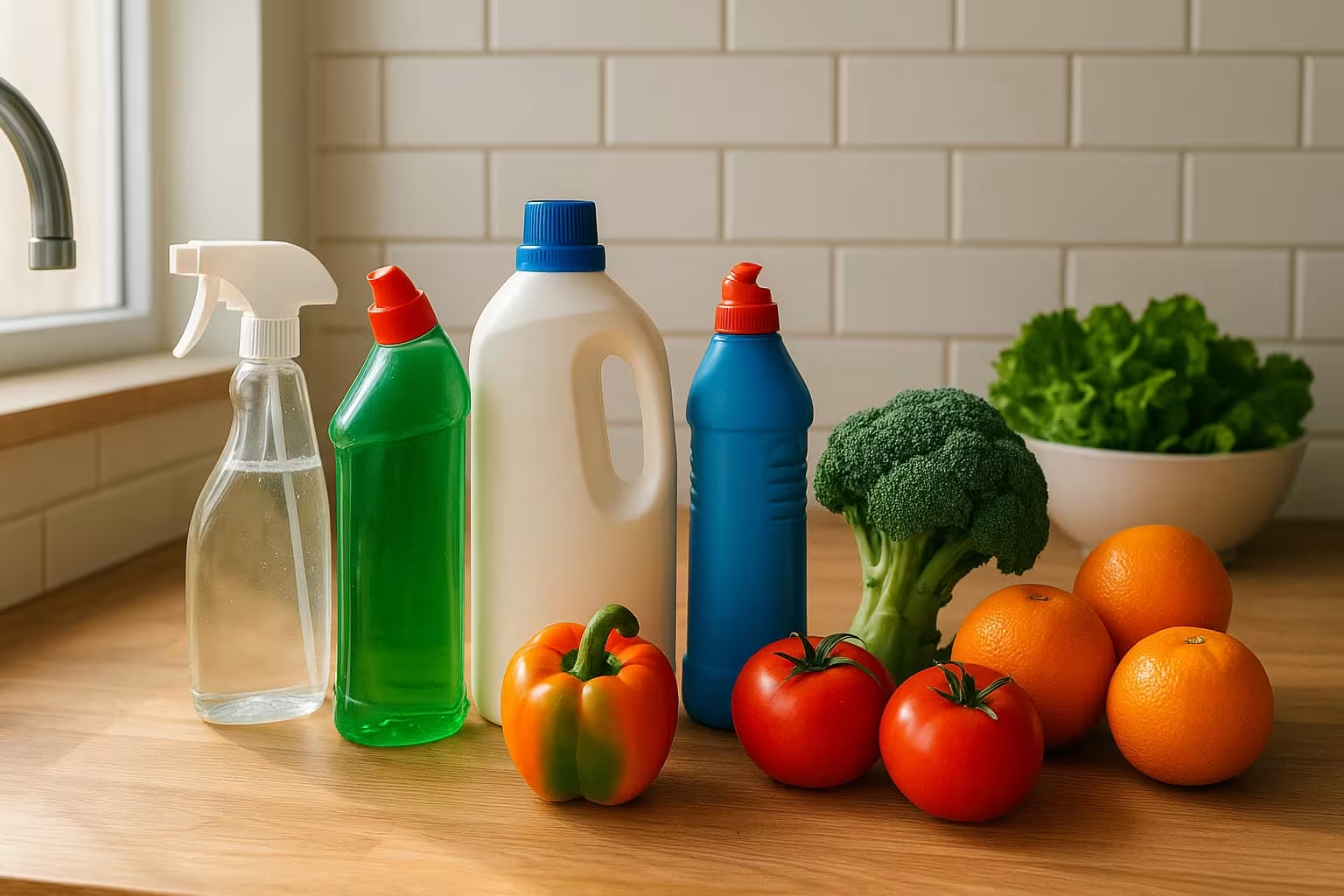

The hidden chemical reality in your home: 15+ cleaning agents
Why your cleaning products are sabotaging Earth's water cycle and what you can do about it.
Every breath you take – your cleaning products are there too.
The reality check that hits different
Right now, you're probably breathing in chemical vapors from the last time someone cleaned your space. And tonight, when you prep dinner on that "spotless" kitchen counter, you might be adding a microscopic garnish of synthetic chemicals to your meal. Welcome to modern living, where being clean has never been so... complex.
Your home's chemical footprint
Let's take a walk through the average home and count the chemical products stationed in every corner. Research shows that households typically use 15-25 different cleaning products across various rooms. That's not just a number – that's a collection of synthetic compounds flowing through your daily life in bathrooms, kitchens, living rooms, and beyond.

Pause & Reflect
When did you last count how many different cleaning products are in your home?
What you're actually breathing
Those fresh, "clean" scents filling your home after cleaning? You're literally inhaling hundreds of volatile organic compounds. Environmental Working Group researchers found 530 unique compounds in 30 cleaning products, with 193 classified as hazardous. Research shows people in the cleaning industry have a 50% higher risk of developing asthma – and these aren't just occupational hazards anymore.
The kitchen contamination cycle
Every time you clean your kitchen counters, you're creating an invisible layer of chemical residue. Sure, you might rinse afterward, but traces remain. Now imagine preparing fresh vegetables on that surface, or setting down food directly on the counter. Those cleaning product residues become microscopic ingredients in your meals. The irony? We're using chemicals to create "safe" food spaces.
Did you know?

Modern homes are dirtier than ever
Urban pollution, microplastics, and device off-gassing mean we're cleaning more intensively than any generation in history.
Why cleaning became non-negotiable
Opting out of cleaning isn't an option. We must clean our homes for health, wellbeing, and basic human comfort. But the pressure is intensifying every year. Our homes face unprecedented contamination from air pollution particles, microplastics, electromagnetic field residues, chemical off-gassing from furniture, and increased pathogen exposure from global travel and urban density.
The water cycle connection
Here's where things get mind-blowing: Earth's water cycle is now carrying our cleaning chemicals across the entire planet. When you spray that bathroom cleaner, you're not just cleaning your shower. Water evaporates from contaminated surfaces, rises into clouds, travels across continents, and falls as chemically-laden rain. The same water cycle that sustained life for billions of years has become a global chemical distribution network.

Pause & Reflect
What if every raindrop carried traces of someone's cleaning routine?
The infiltration network
When those household cleaning products get rinsed down your drains, they join a massive underground network. Globally, over 300 billion litres of untreated household wastewater enter waterways daily, carrying household chemicals. Even advanced wastewater treatment facilities struggle to remove all synthetic compounds – they were designed for organic waste, not complex chemical cocktails
You can actually say it's raining PFAS at this point
Dr. Marta Venier, Indiana University environmental chemist
Nature's forgotten wisdom
Nature solved cleaning billions of years ago without a single synthetic chemical. Rivers self-purify through mineral interaction and natural bacteria. Forests maintain perfect hygiene through antimicrobial plant compounds. The antimicrobial power of plants, the cleaning strength of natural acids and alkalis, the purifying force of moving water – these systems worked flawlessly for eons.
The acid-base power couple
Vinegar and baking soda create a cleaning reaction that's both gentle and devastatingly effective. Unlike synthetic cleaners, they break down into harmless components – water, carbon dioxide, and simple salts. Lemon juice, salt, and essential oils provide natural antimicrobial action without toxic residues. These compounds work with your body's systems rather than against them.
A shift in perspective
Every cleaning decision you make sends ripples through the entire water cycle. This isn't about being perfect – it's about being conscious. Understanding that your cleaning products aren't just affecting your immediate space, but contributing to a global chemical experiment with our planet's life-support systems. The question isn't whether we need to clean, but how we choose to do it.
Closing thoughts




